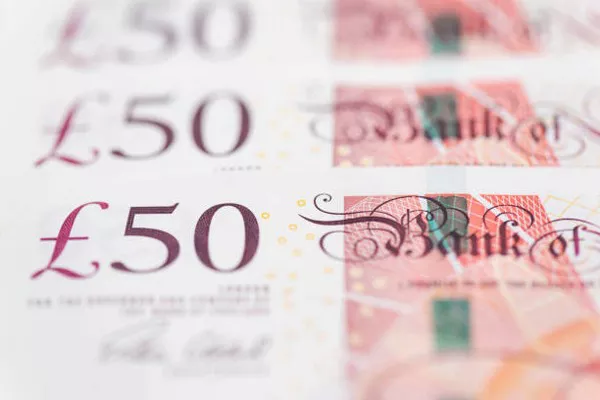Sterling (GBP) fell against major currencies in London on Friday following the release of UK data. The pound’s initial reaction was to rise, however, despite better-than-expected data, with gross domestic product (GDP) rising as expected in August, the pound failed to benefit from this.
The Office for National Statistics (ONS) reported that the UK economy grew by 0.2% as expected after being flat in July. , manufacturing and industrial production grew strongly by 1.1% and 0.5% respectively month-on-month, while economists expected growth of 0.2% respectively.
Manufacturing and industrial production contracted at an annual rate of 0.3% and 1.6%, respectively. However, both economic data declined at a slower pace than in July.
Upbeat monthly factory data and in-line GDP growth improved the UK’s economic outlook. This will allow Bank of England (BoE) policymakers to follow a shallow policy easing cycle. Financial market participants expect the Bank of England to cut interest rates only once in its two remaining policy meetings this year.
Looking ahead, the next triggers for GBP will be UK employment data for the three months to the end of August and September consumer price index (CPI) reports on Tuesday and Wednesday respectively. These economic data will greatly influence market expectations for possible interest rate actions by the Bank of England in November.
You Might Be Interested In:


